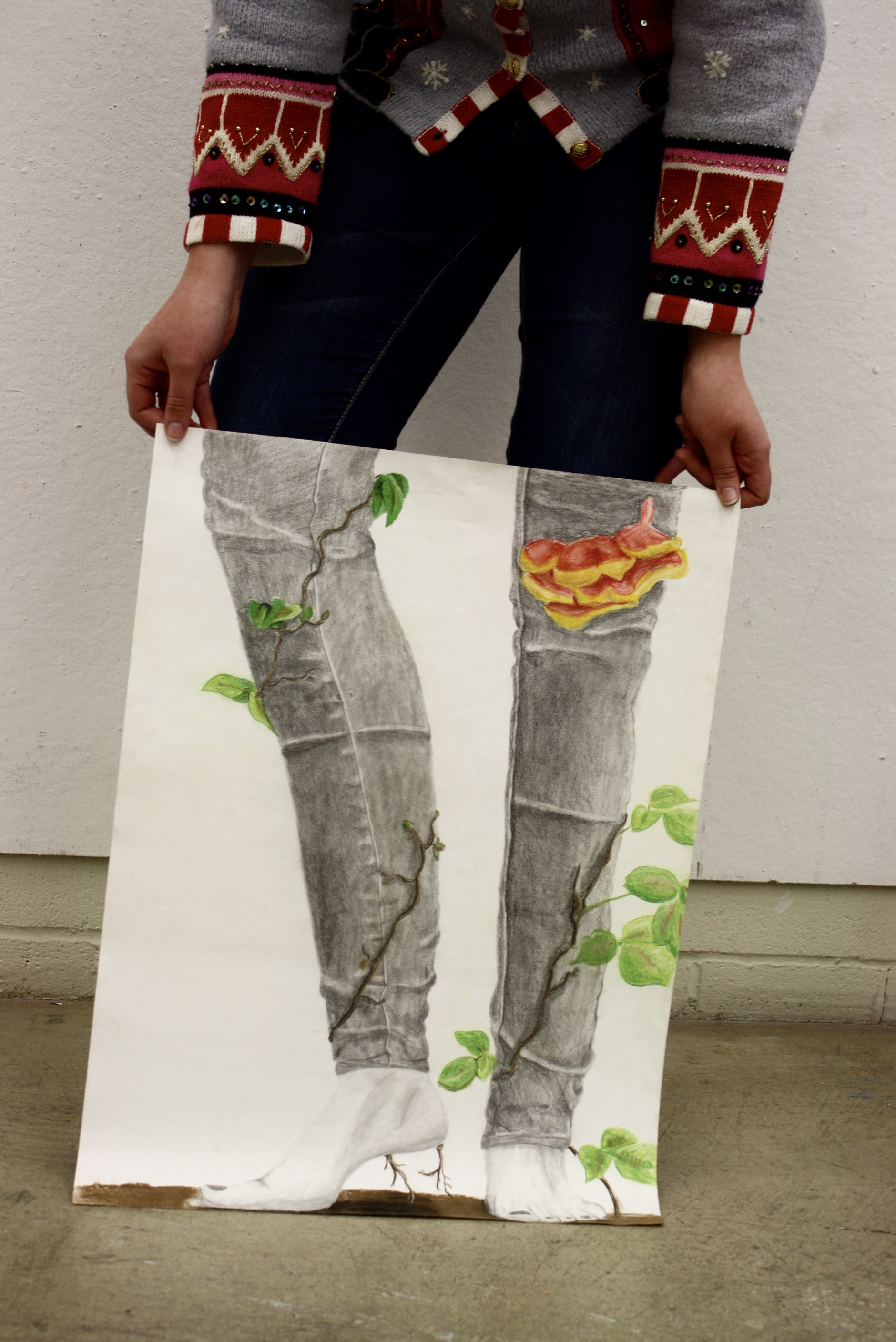
Students created realistic life size "mirror" drawings to practice observational drawing. To add an unexpected element to the drawings students included something in color that we could not see in real life.

Another great example of the mirror drawings. This student added a visual representation of the "secret self".
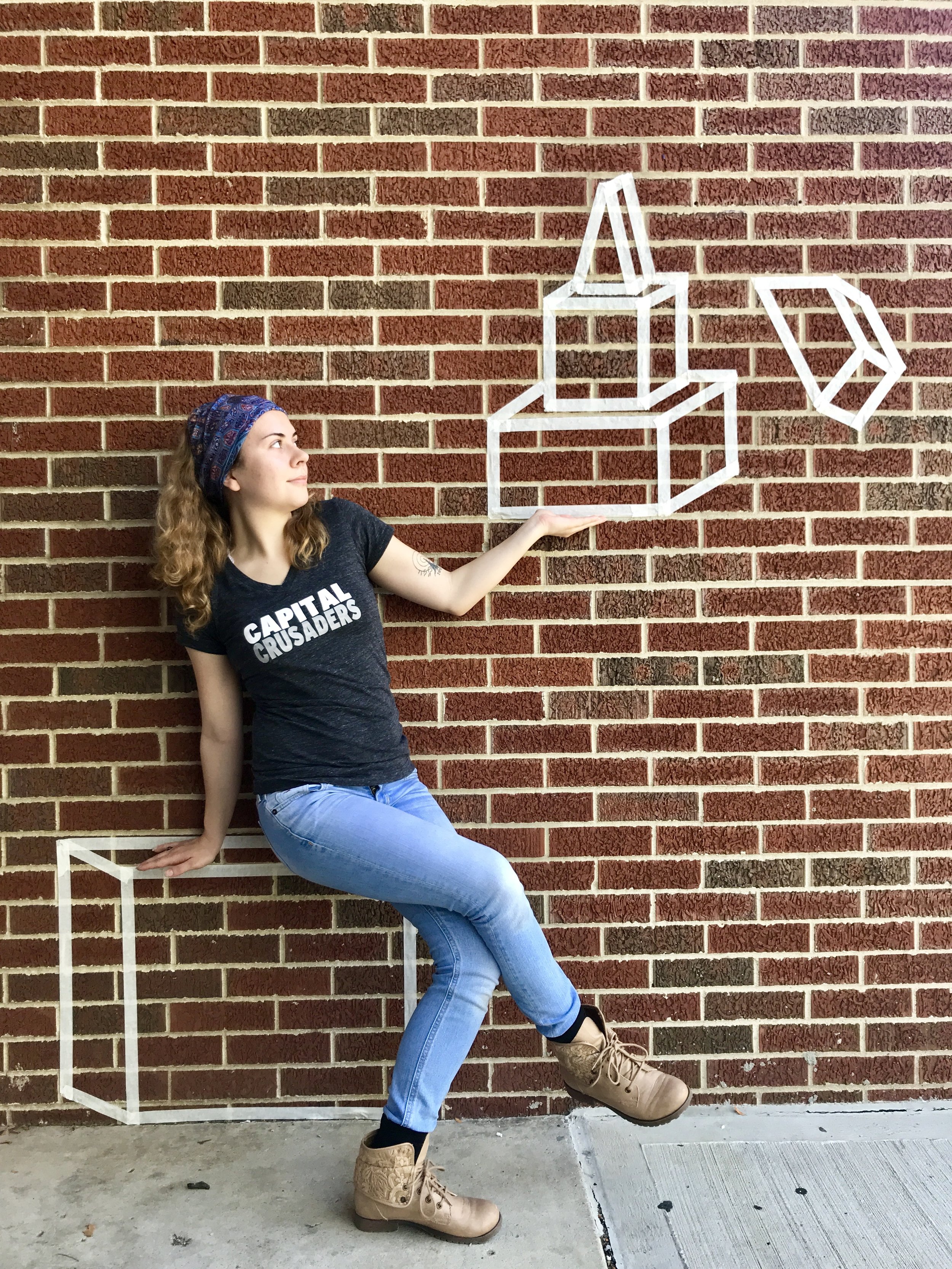
Students considered the relationship of the two dimension to the human form in a physical space.
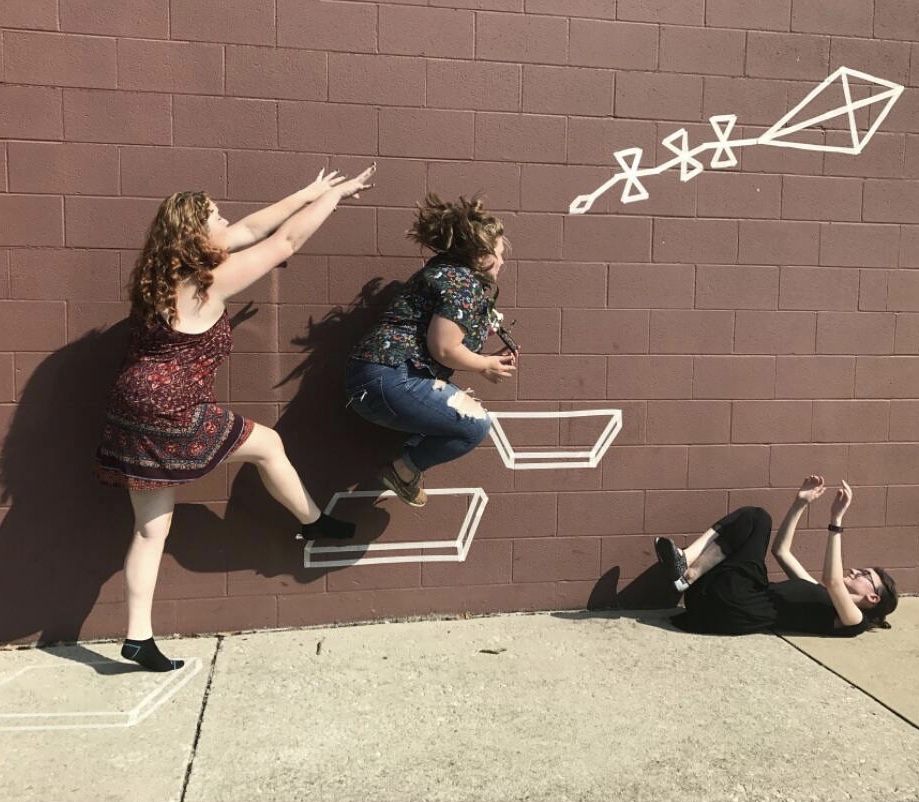
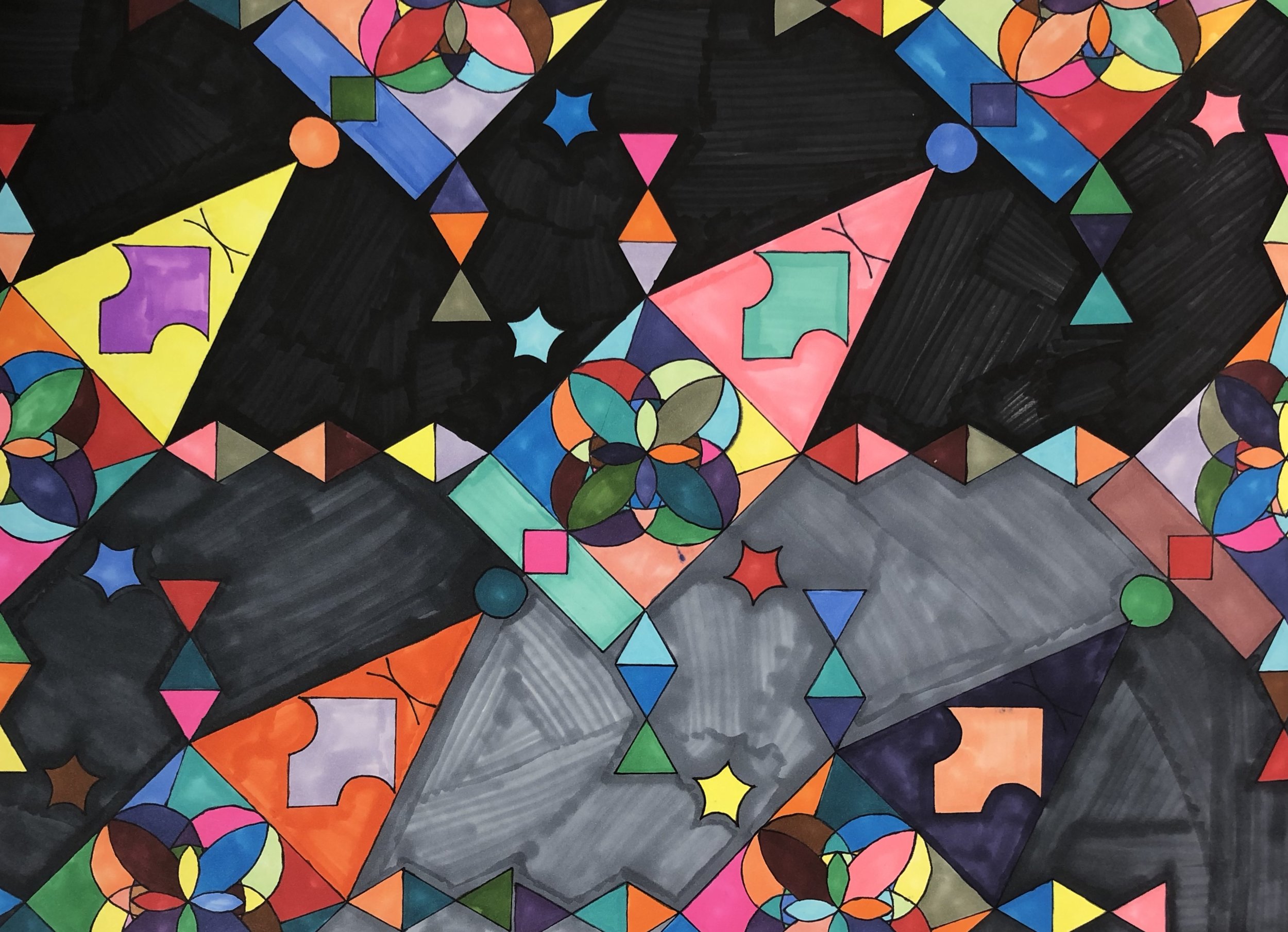
After considering the relationship of organic and geometric shapes, students developed large patterns based on certain shape and color schemes.
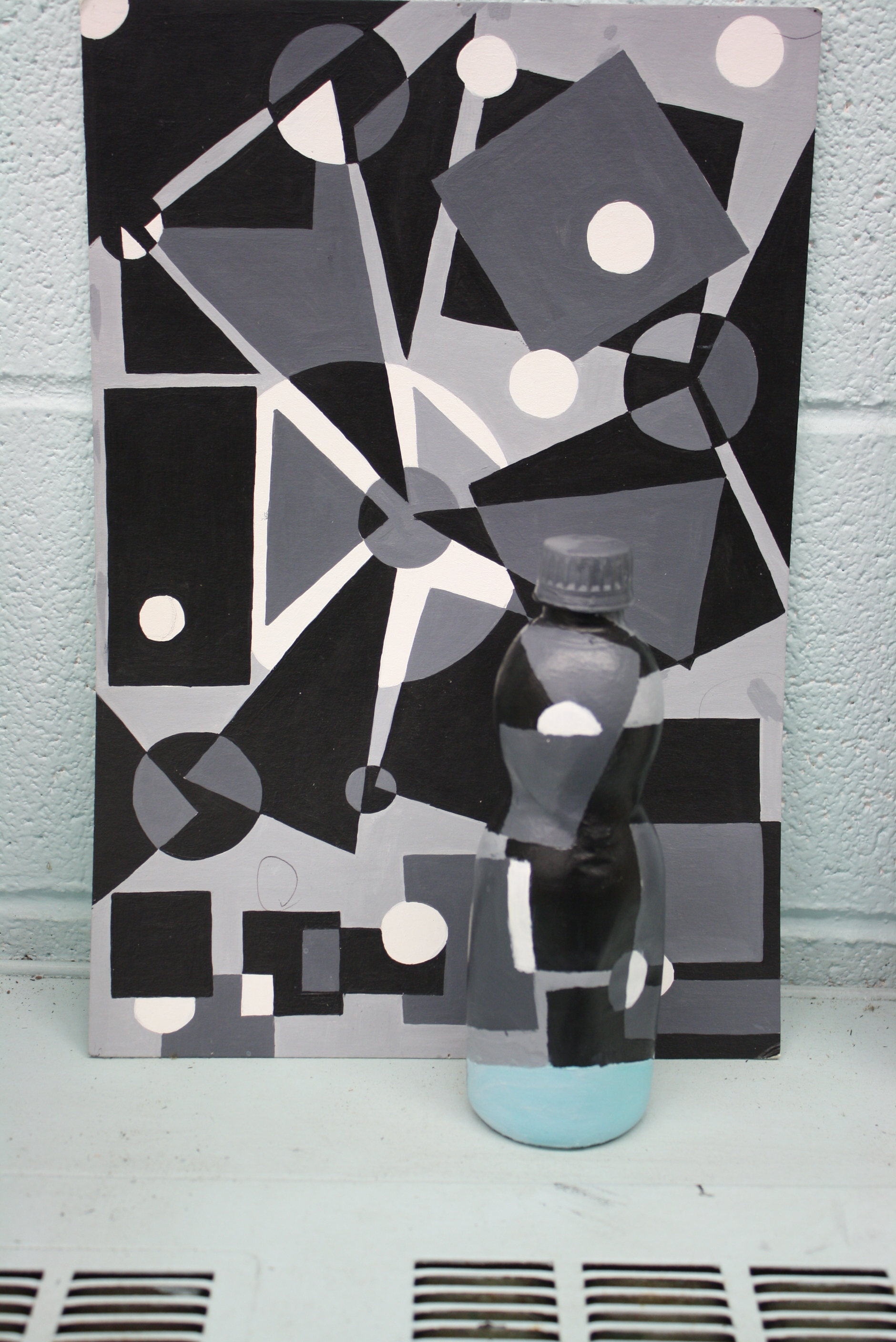
Students practiced paint application techniques while focusing on color theory to camouflage a found object into its background.
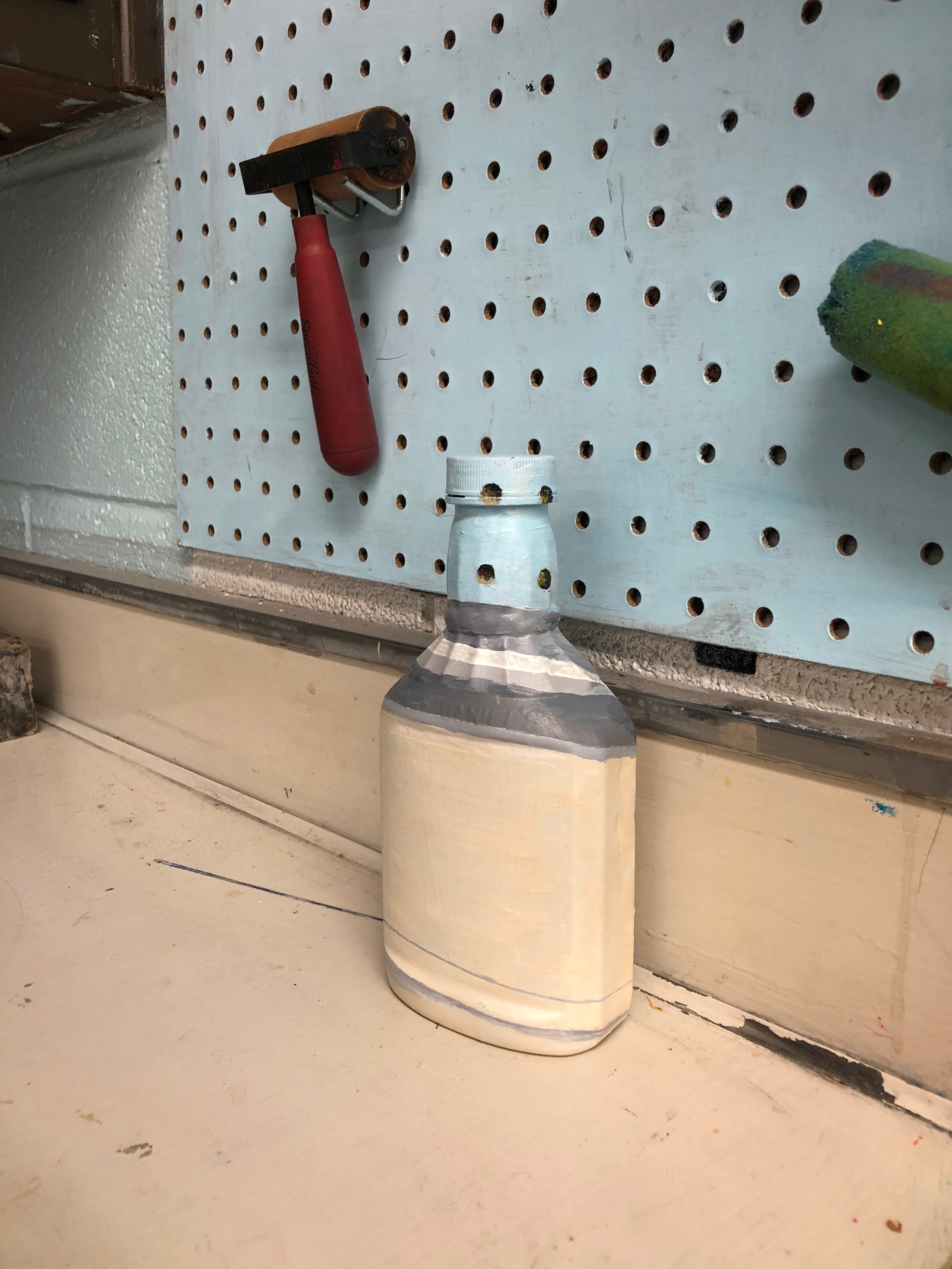
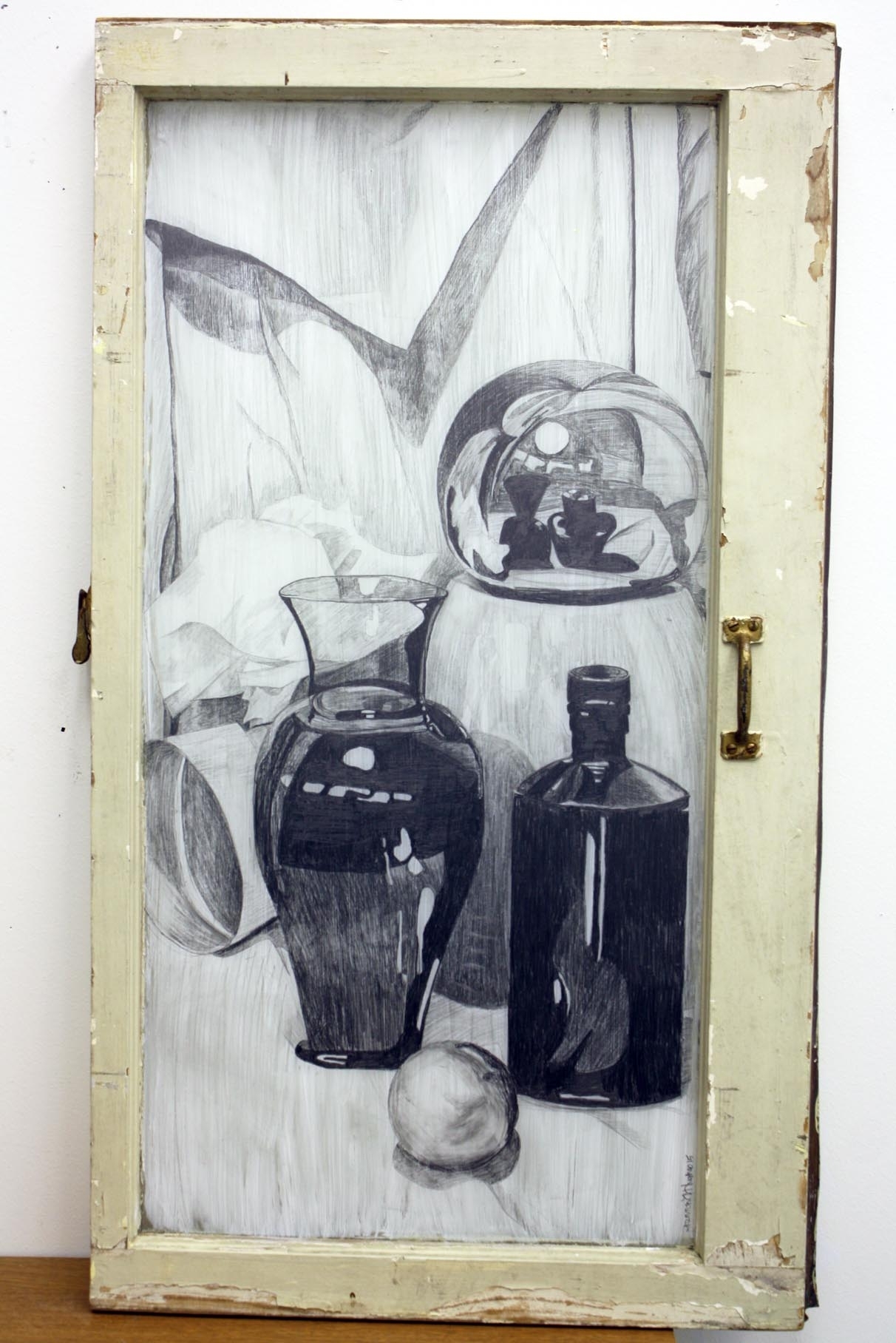
Traditional drawing media on non-traditional surfaces.
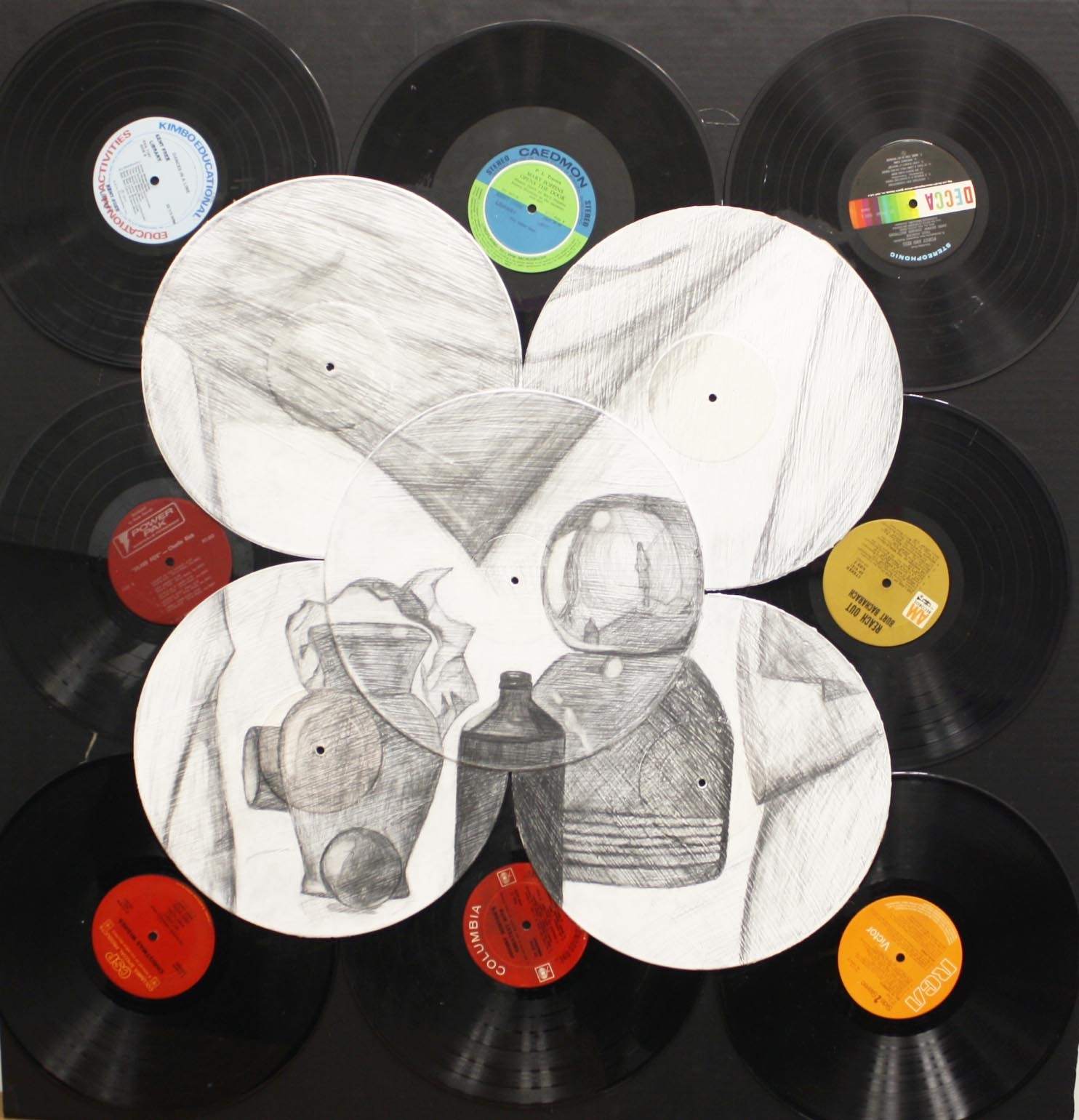
Traditional drawing media on non-traditional surfaces.

Students were asked to arrange a still life using food items that could be considered autobiographical.
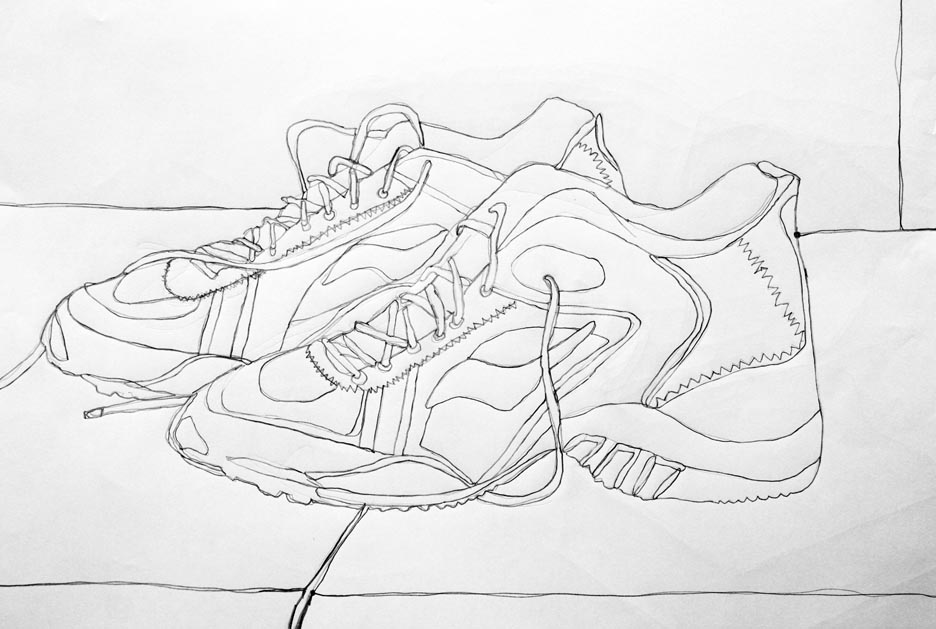
Continuous Line
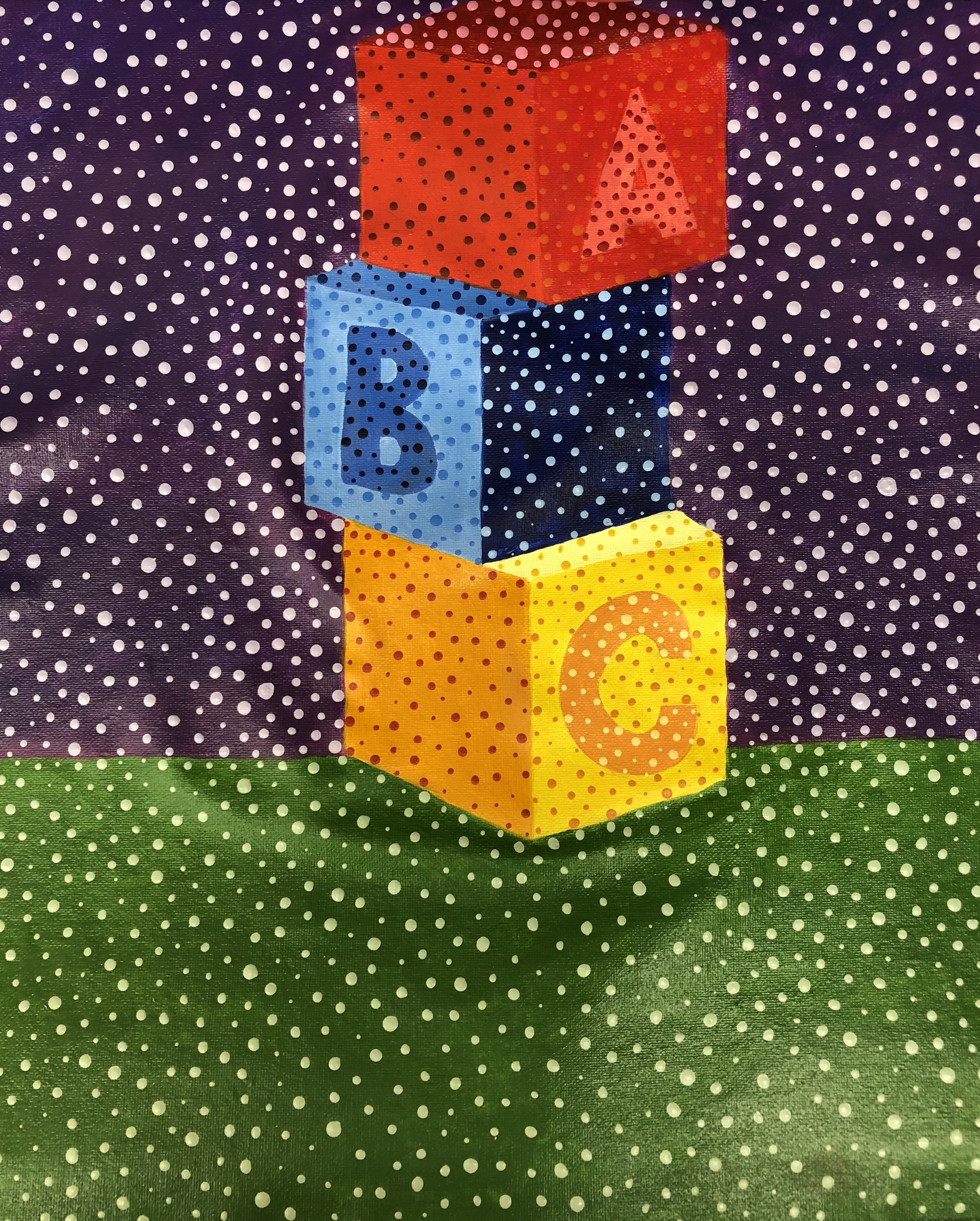
Students worked on paint mixing, application, & design to create unique works of art inspired by the dotted techniques of Yayoi Kasuma. No “straight out of the tube” colors were allowed. All paint had to be mixed in some way before it could be added to the painting.
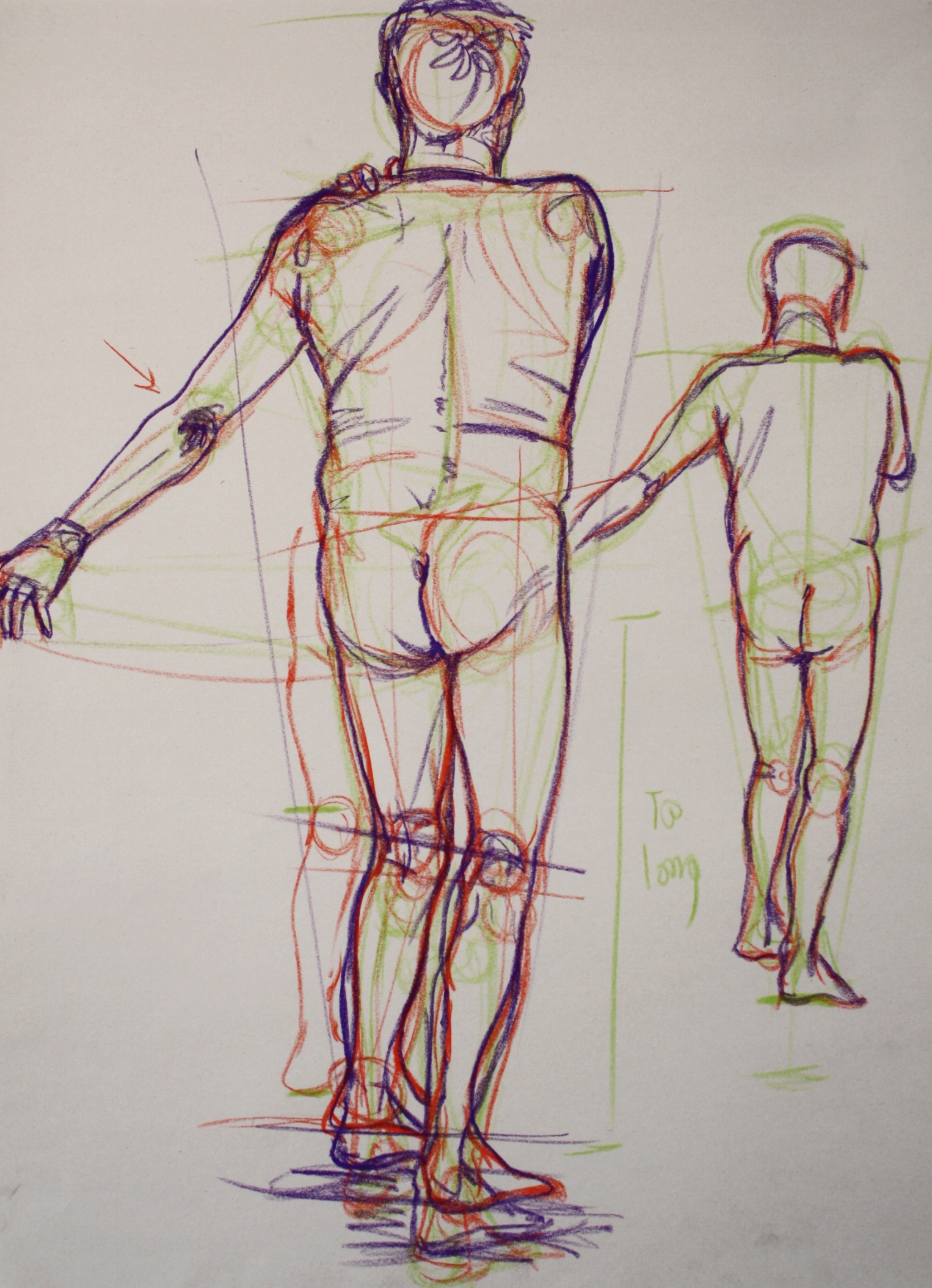
Students worked on schematic gestures to practice building the form, and considering proportions.
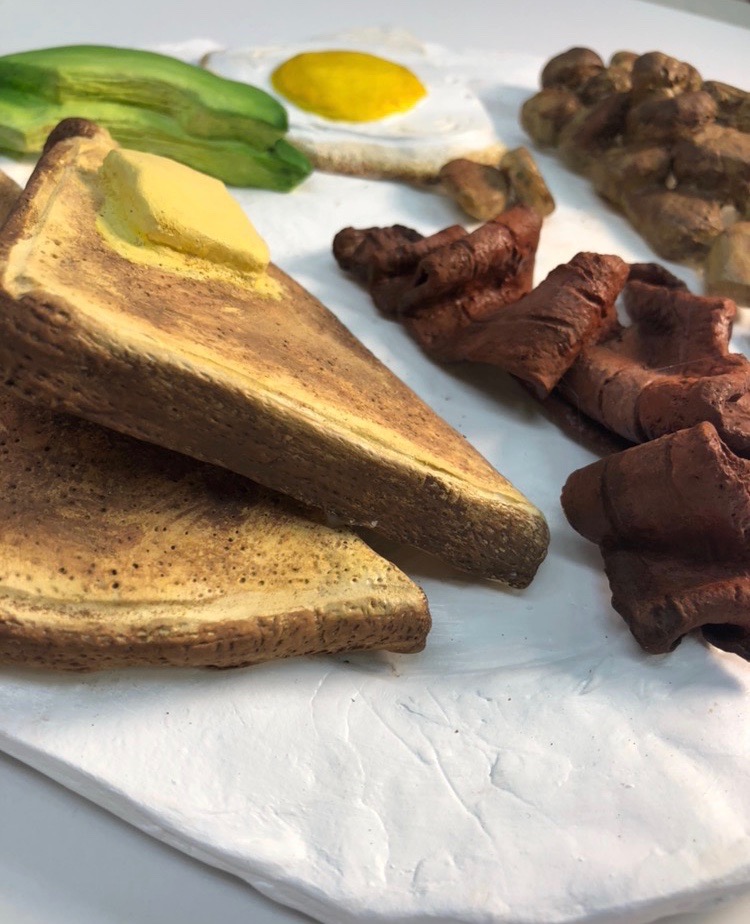
Hand building and table top techniques were used to make food based sculptures.
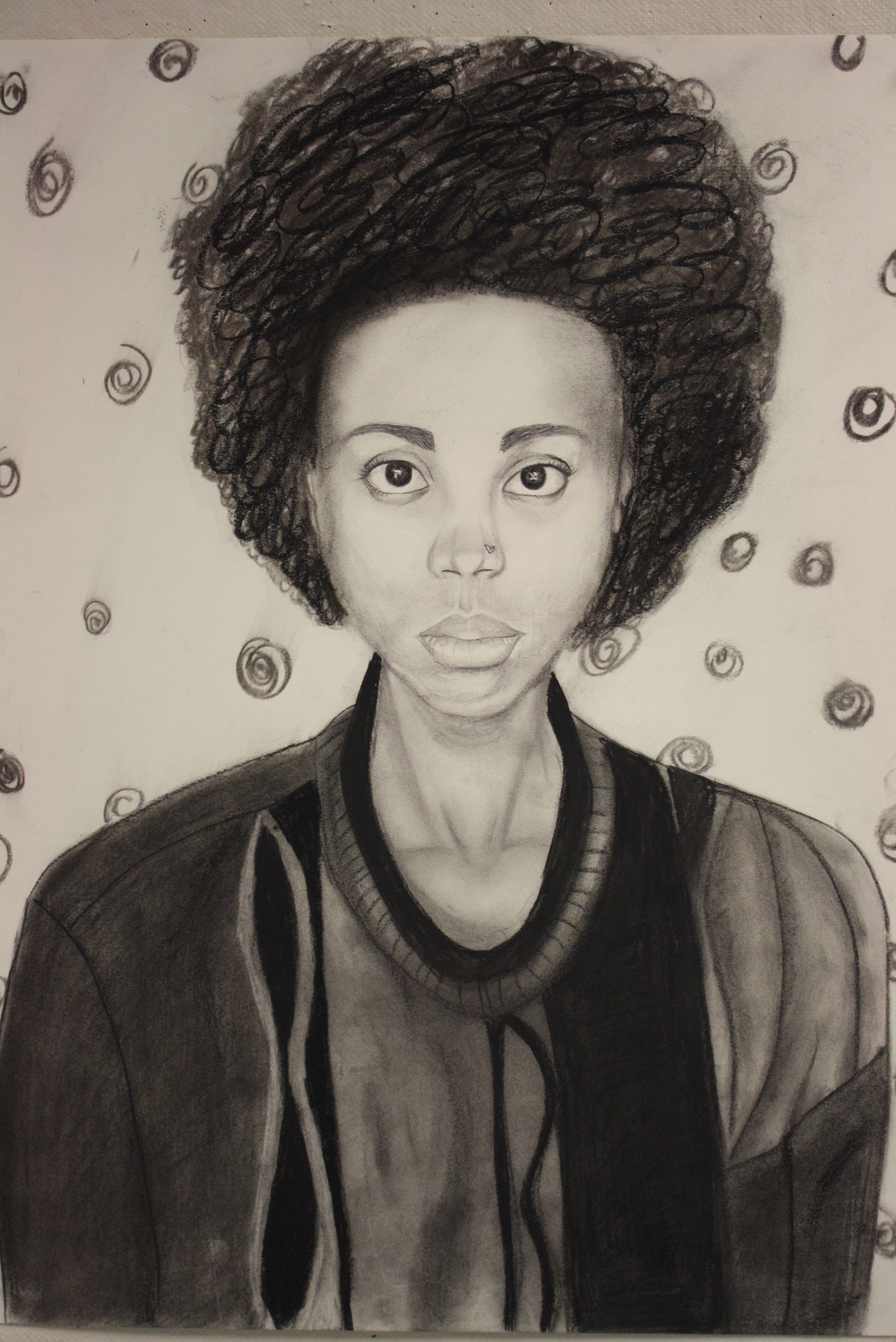
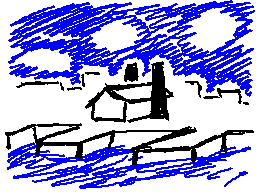
Students considered content in works of art by bringing a narrative to life through digital technologies.
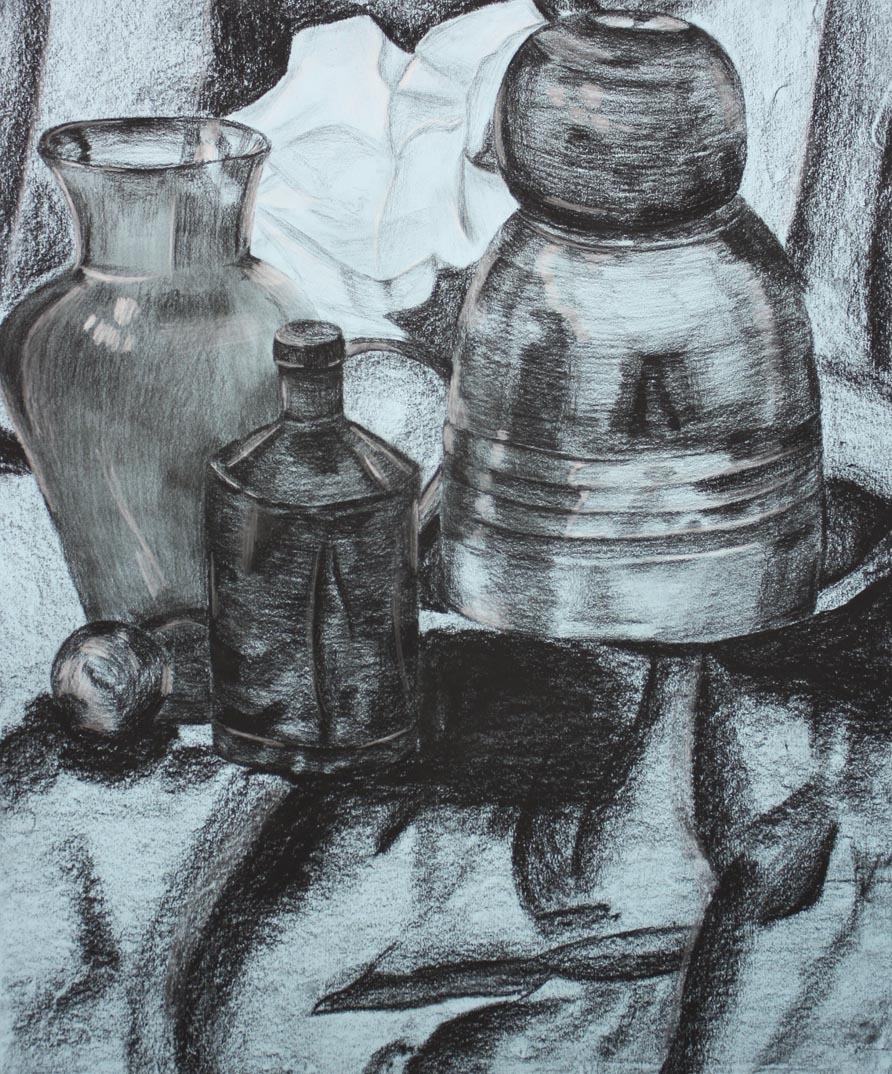
Value on tinted paper.

Six categories of Light
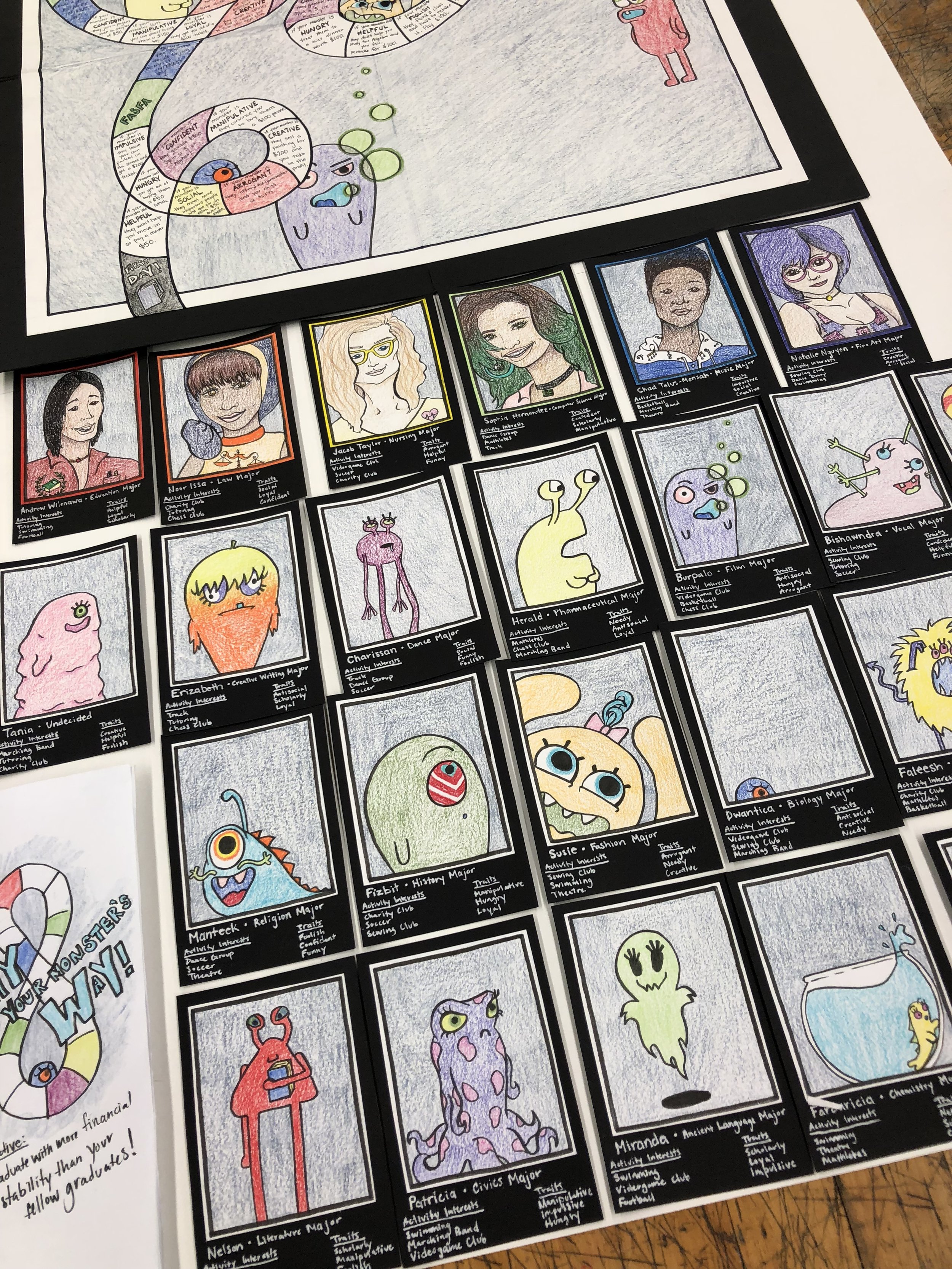
One example of an incredibly detailed original game design. Student artists were tasked with using the principles of design to create a unique board or card game . Final designs included game instructions, cards & all pieces needed for full game play.
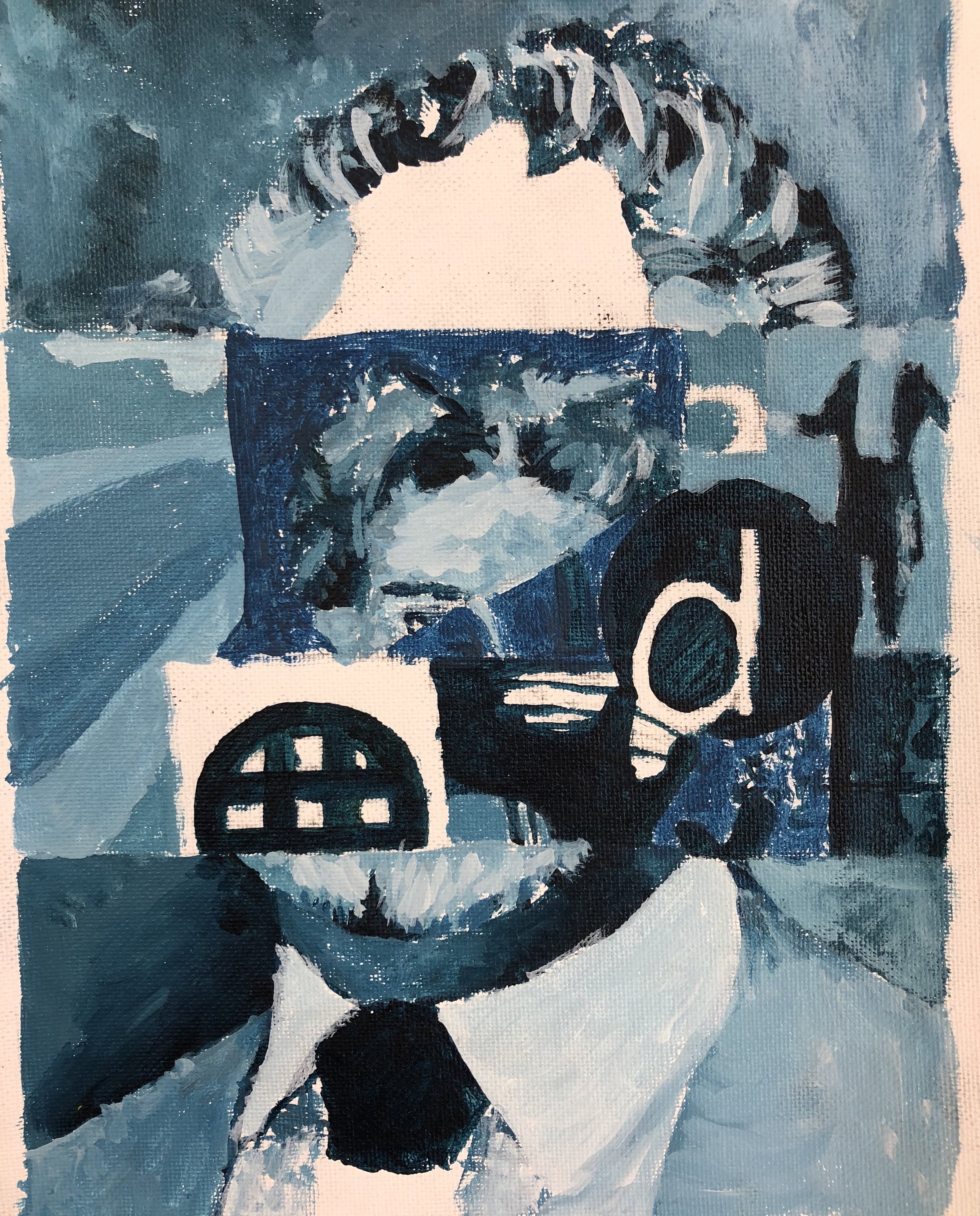
For this project, each student started by making a magazine collage of disparate objects. As an exercise in color theory the collage was transferred to canvas and painted in a monochromatic, analogous , or complimentary color scheme.

Transformative Drawing
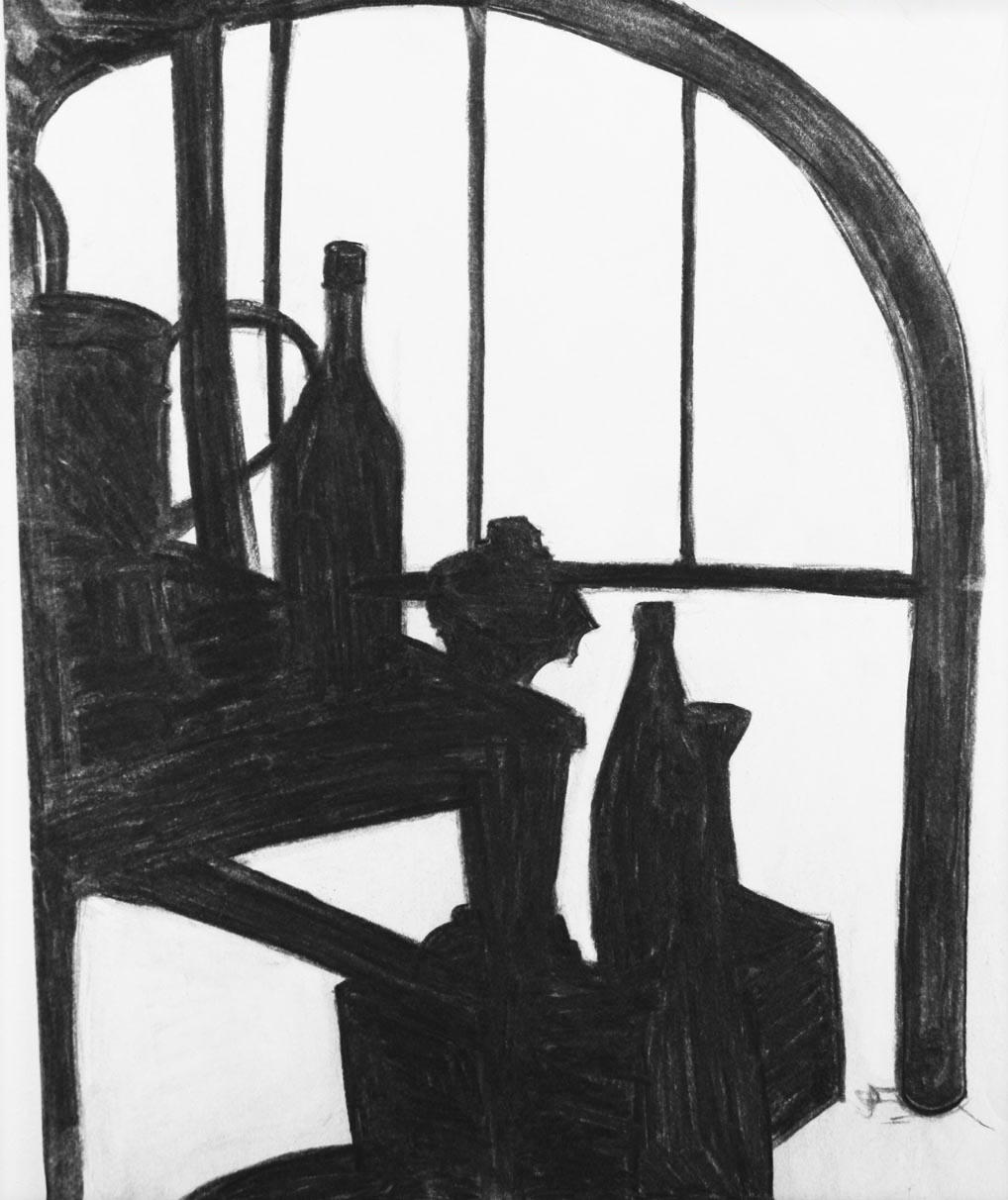
Negative and Positive Space
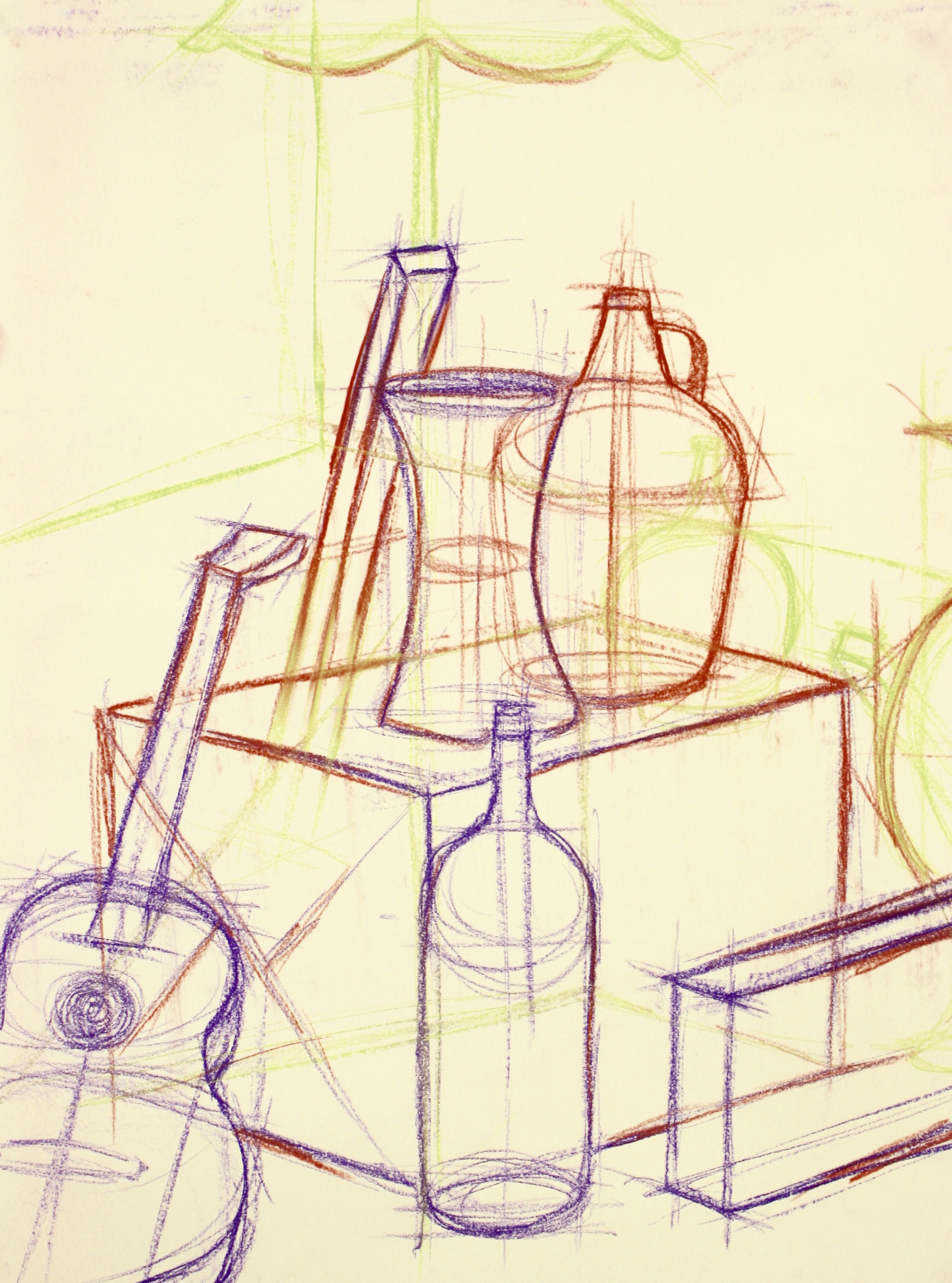
Organizational line using Nupastel's for layering.
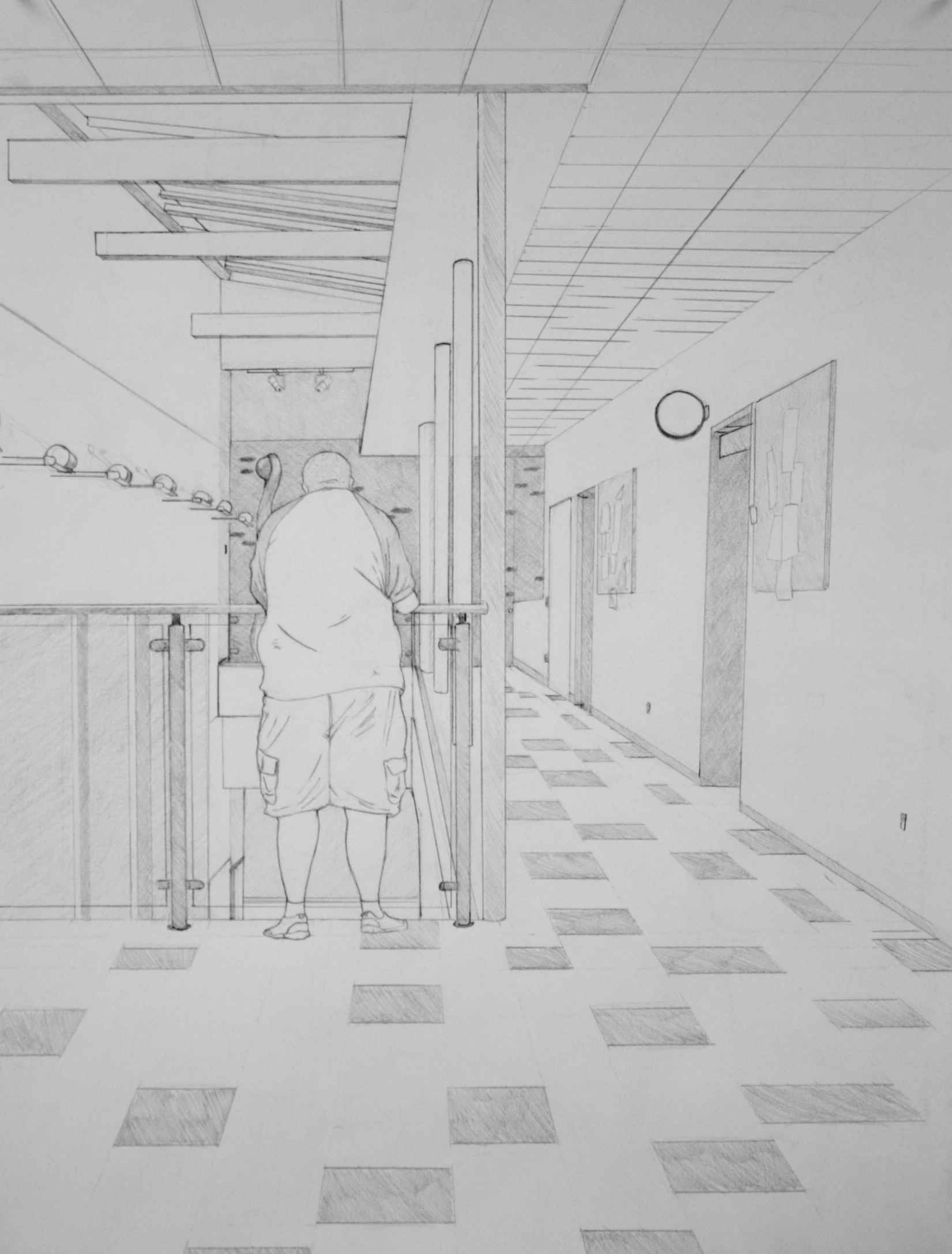
One point perspective
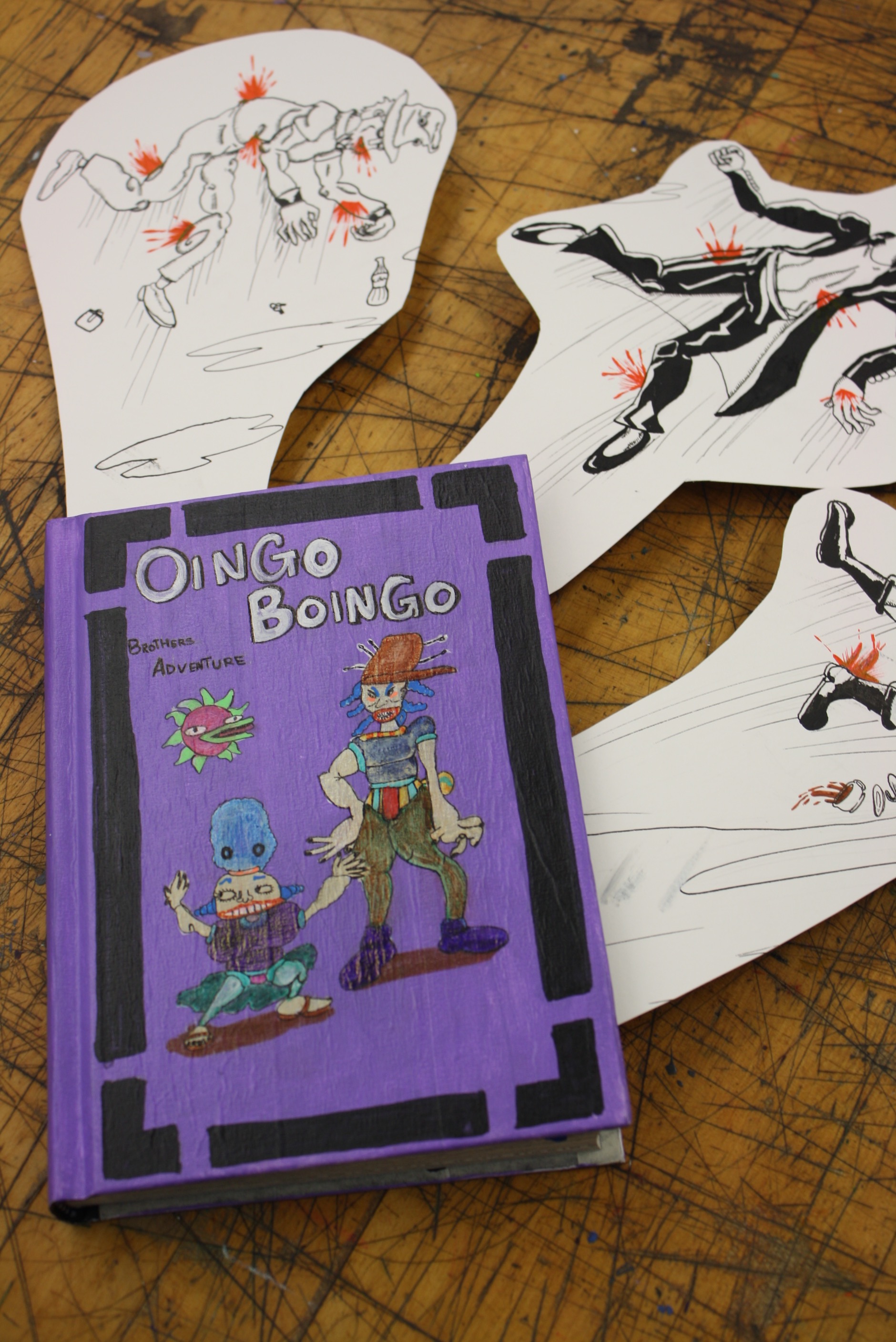
Reimagining book designs using illustration and sculptural forms.
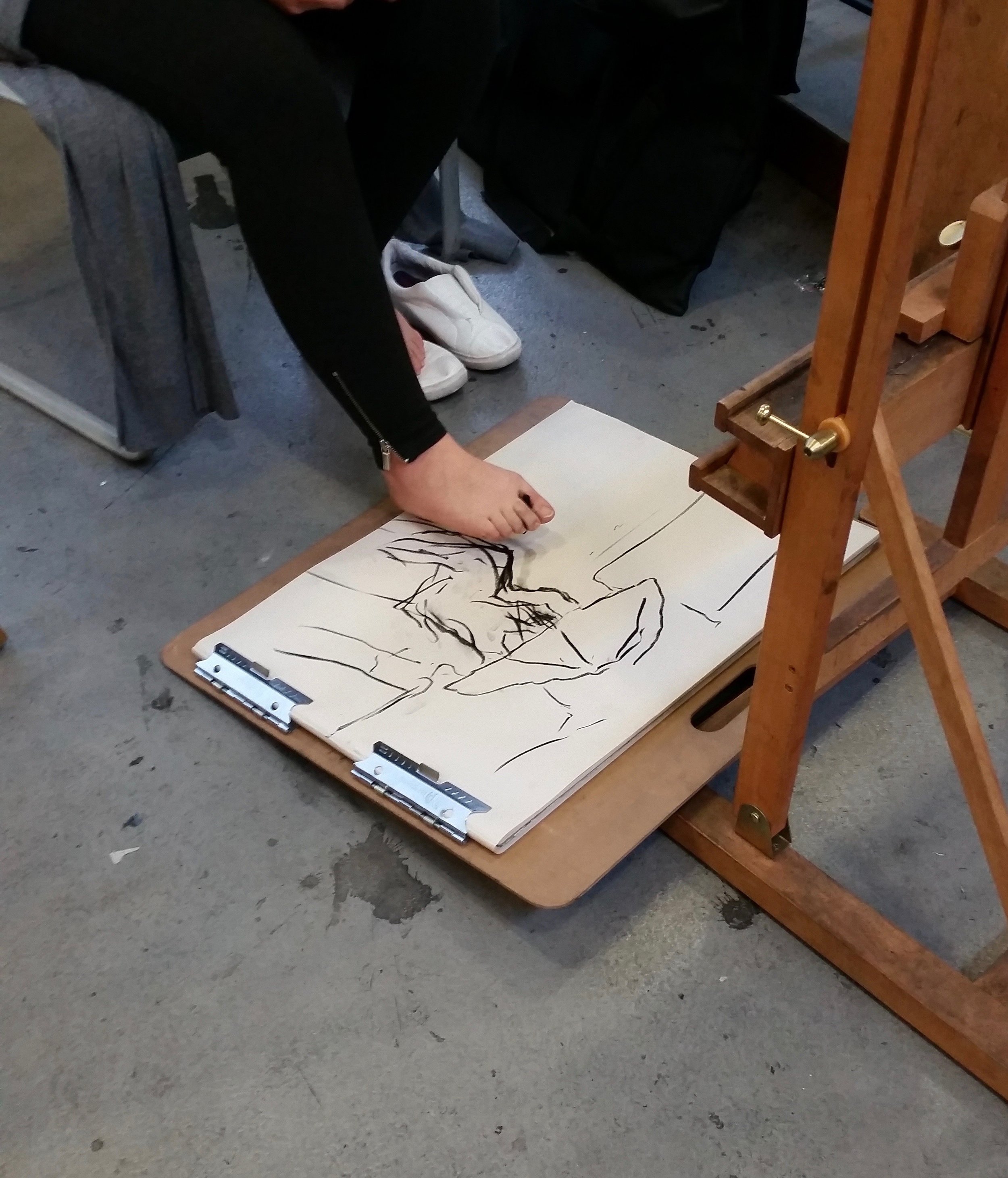
Students explored alternative methods to collecting visual information and pushing expression through a number of experimental techniques. Drawing with feet, using non-dominant hands, memory based drawing, verbally descriptive art making, found tools and collaborative works.


























Students created realistic life size "mirror" drawings to practice observational drawing. To add an unexpected element to the drawings students included something in color that we could not see in real life.
Another great example of the mirror drawings. This student added a visual representation of the "secret self".
Students considered the relationship of the two dimension to the human form in a physical space.
After considering the relationship of organic and geometric shapes, students developed large patterns based on certain shape and color schemes.
Students practiced paint application techniques while focusing on color theory to camouflage a found object into its background.
Traditional drawing media on non-traditional surfaces.
Traditional drawing media on non-traditional surfaces.
Students were asked to arrange a still life using food items that could be considered autobiographical.
Continuous Line
Students worked on paint mixing, application, & design to create unique works of art inspired by the dotted techniques of Yayoi Kasuma. No “straight out of the tube” colors were allowed. All paint had to be mixed in some way before it could be added to the painting.
Students worked on schematic gestures to practice building the form, and considering proportions.
Hand building and table top techniques were used to make food based sculptures.
Students considered content in works of art by bringing a narrative to life through digital technologies.
Value on tinted paper.
Six categories of Light
One example of an incredibly detailed original game design. Student artists were tasked with using the principles of design to create a unique board or card game . Final designs included game instructions, cards & all pieces needed for full game play.
For this project, each student started by making a magazine collage of disparate objects. As an exercise in color theory the collage was transferred to canvas and painted in a monochromatic, analogous , or complimentary color scheme.
Transformative Drawing
Negative and Positive Space
Organizational line using Nupastel's for layering.
One point perspective
Reimagining book designs using illustration and sculptural forms.
Students explored alternative methods to collecting visual information and pushing expression through a number of experimental techniques. Drawing with feet, using non-dominant hands, memory based drawing, verbally descriptive art making, found tools and collaborative works.